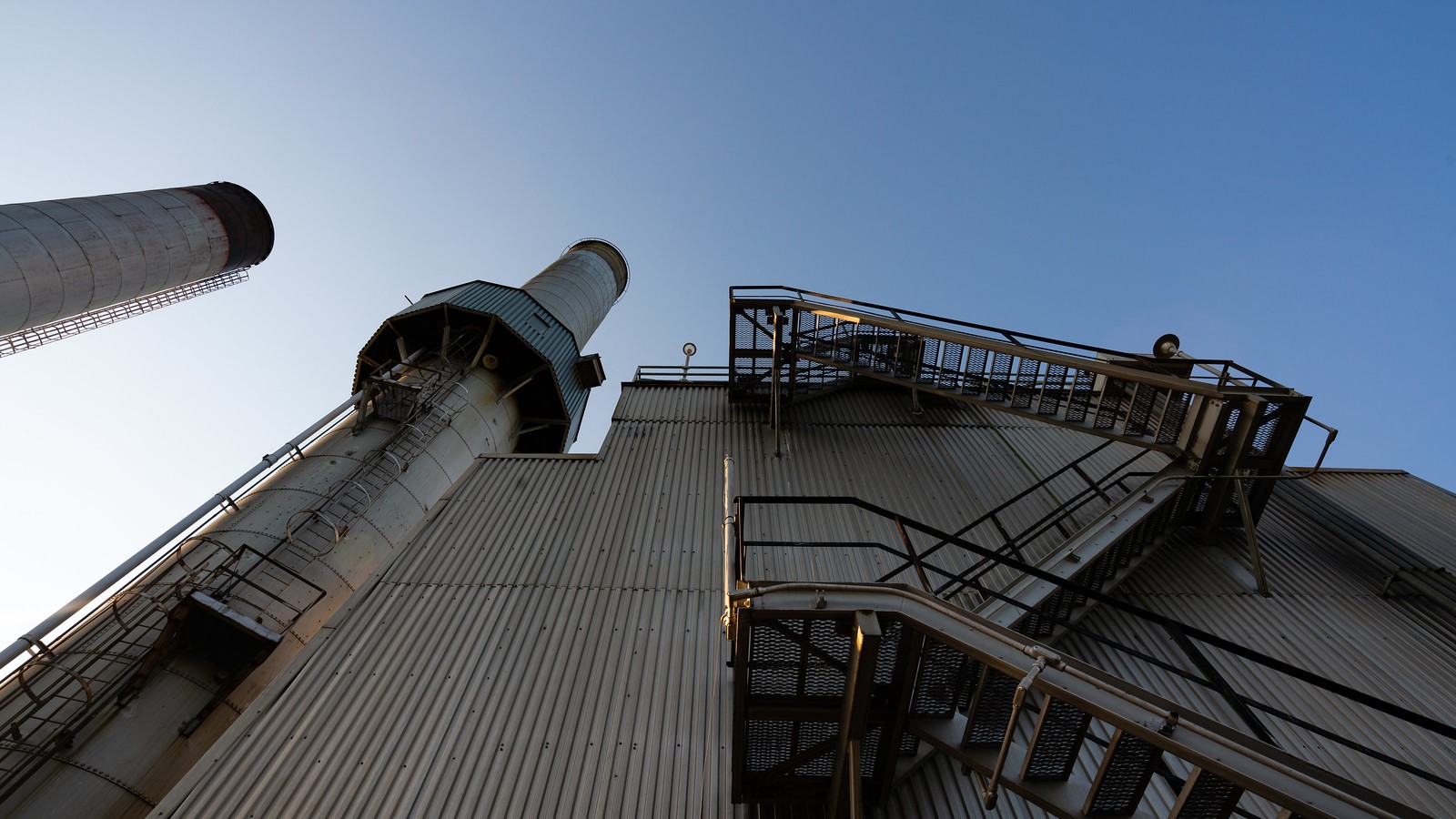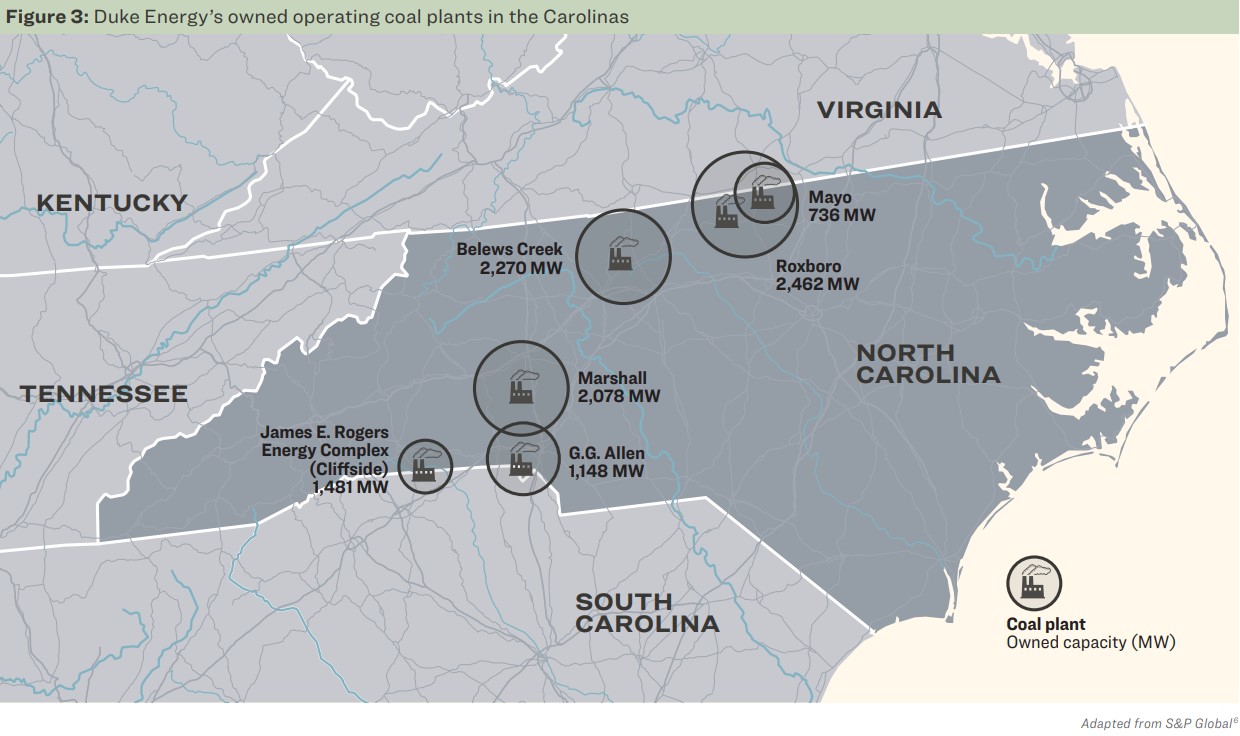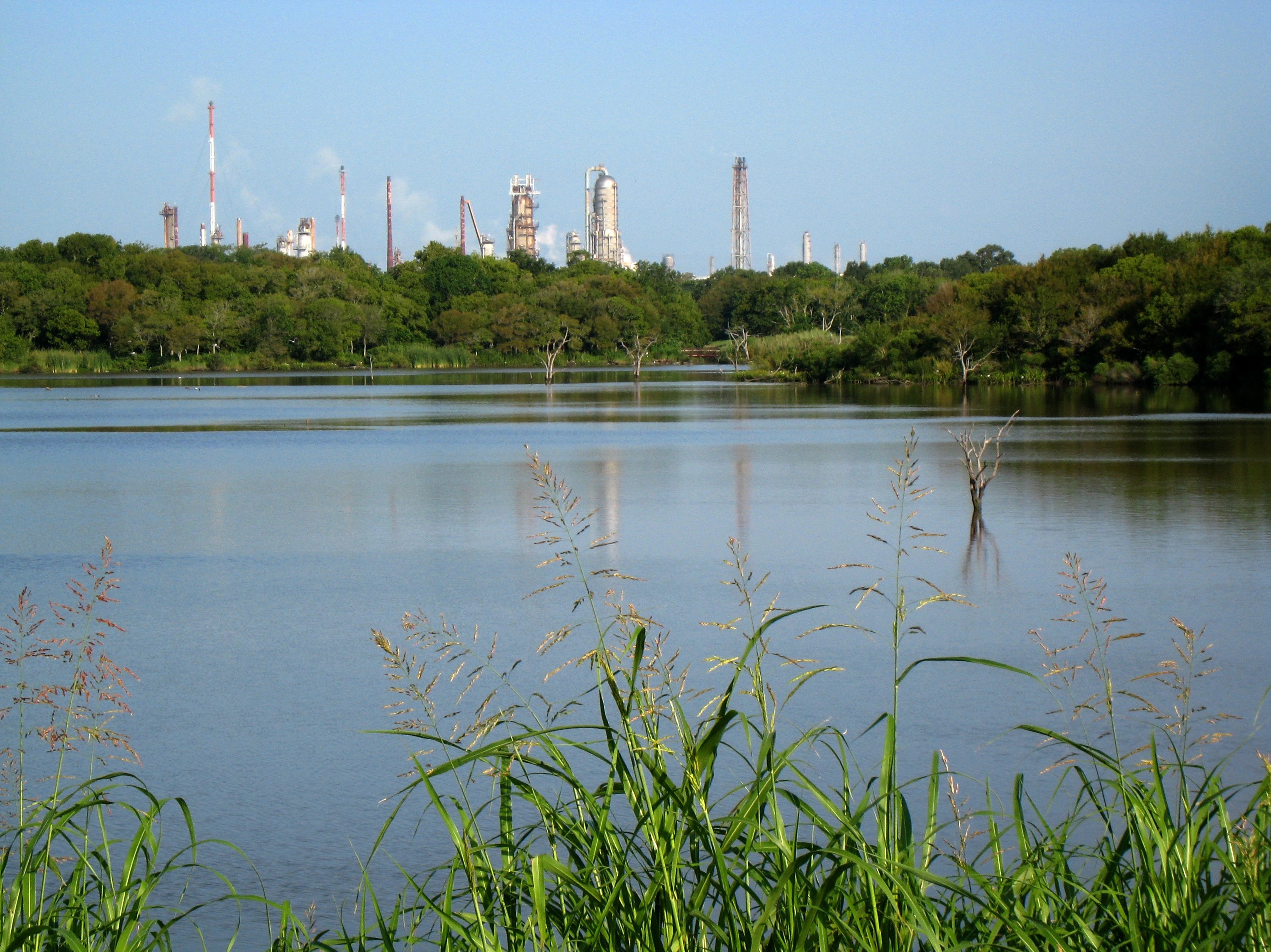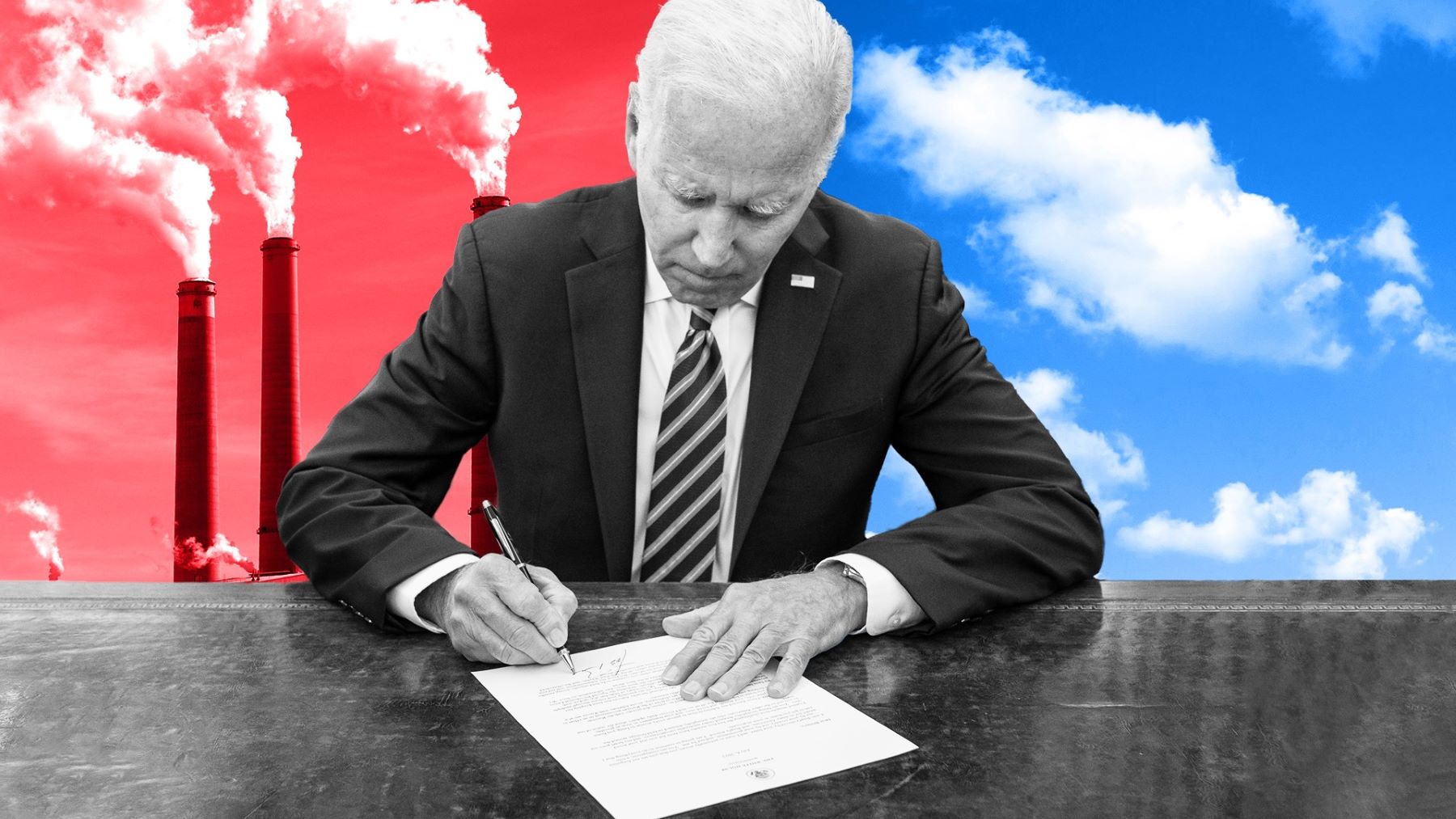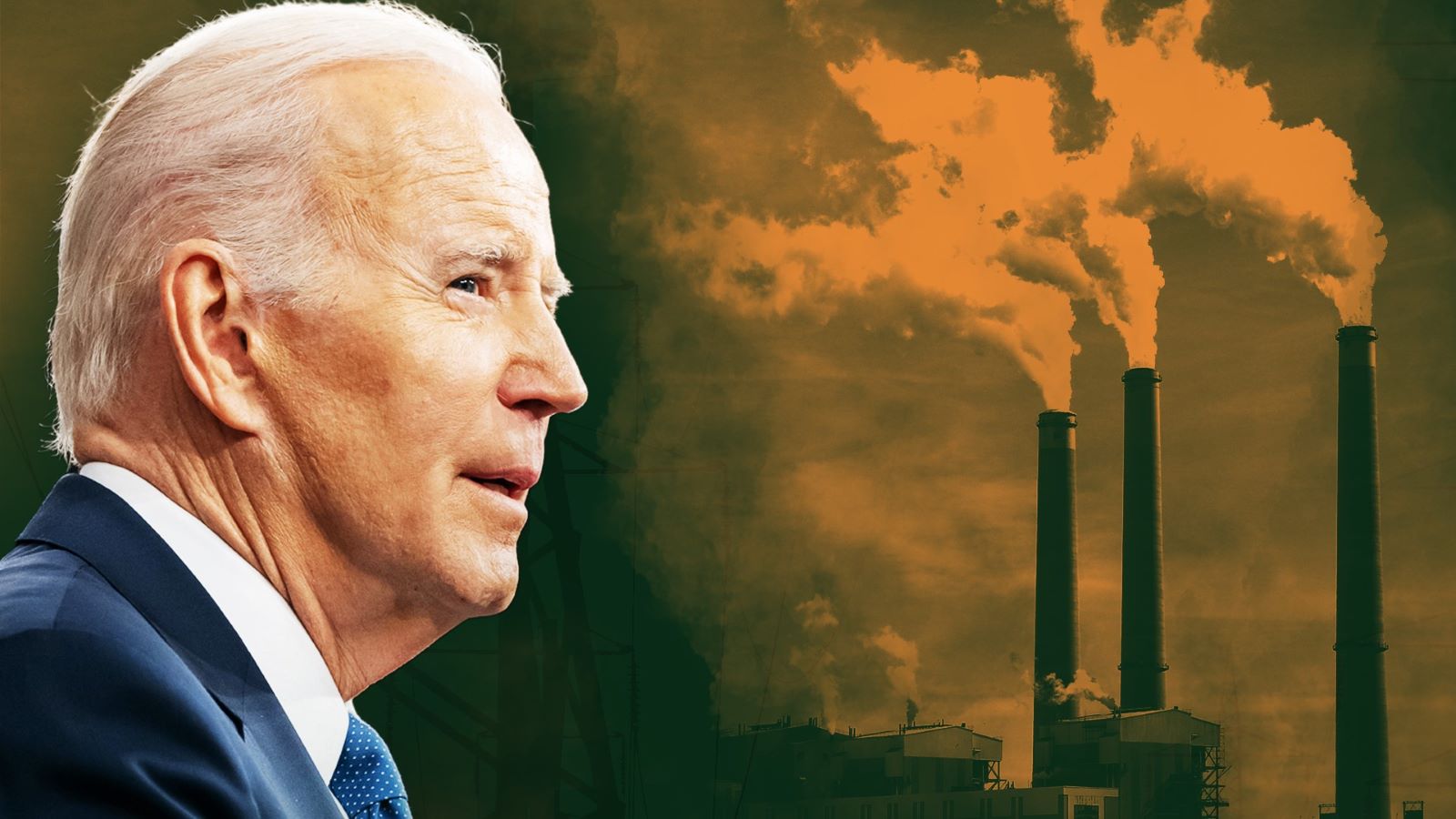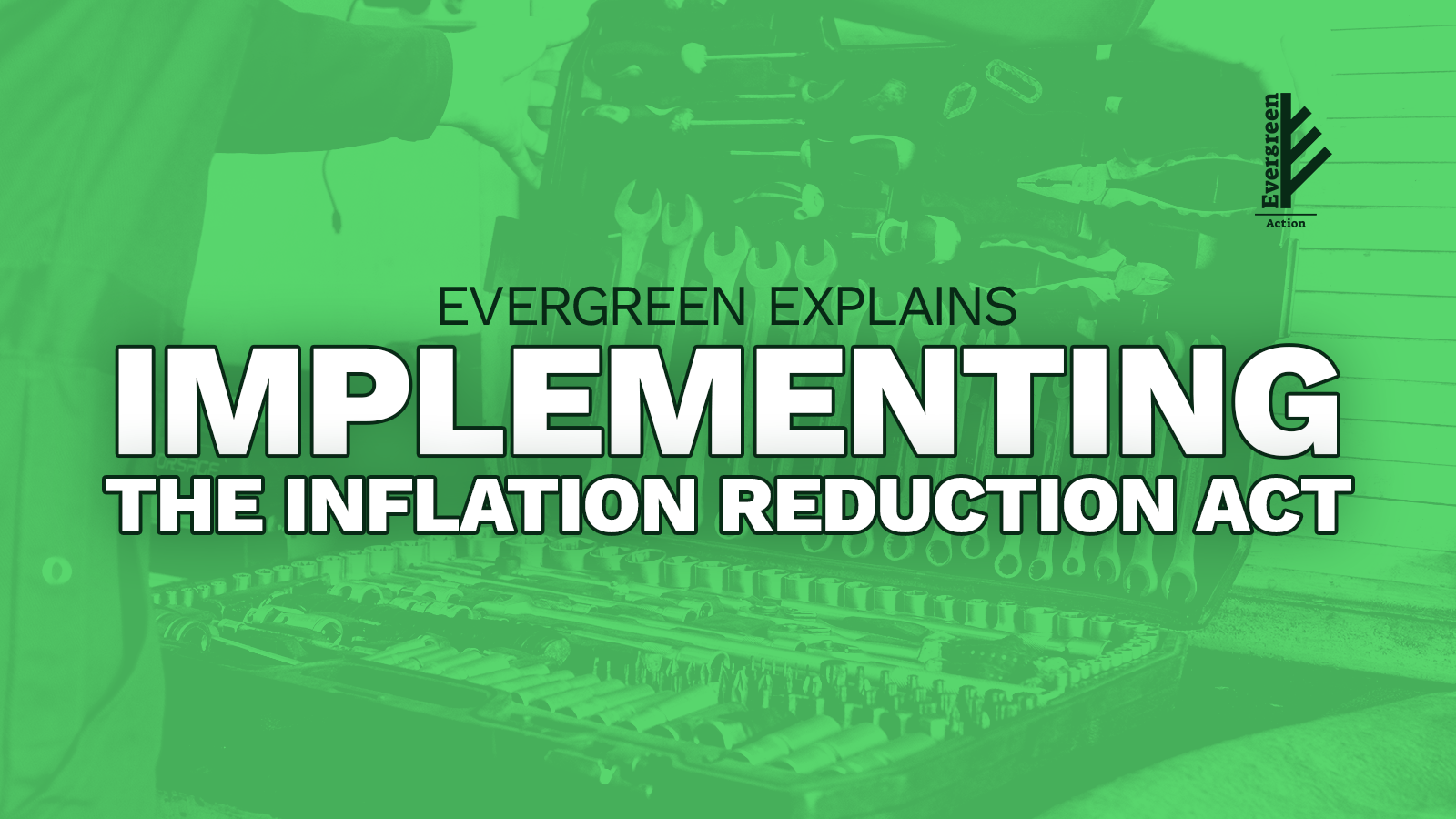In May 2023, the Environmental Protection Agency (EPA) issued its long-awaited proposal to regulate carbon pollution for new and existing power plants, representing the agency’s biggest step to tackle power sector climate pollution to date. And while it was a big step in the right direction, there are three critical ways EPA must strengthen this proposal to reduce power sector pollution that will protect the planet and public health, EPA must:
- Expand the number of plants covered by these rules
- Speed up compliance timeline
- Increase safeguards and community input
Bottom line: EPA must strengthen its proposal to go further, faster.
Right now, fossil fuel-fired power plants are allowed to spew unlimited amounts of carbon pollution into the air without federal regulation. This not only puts our climate goals at risk but causes many communities to suffer from the health effects of breathing in dirty power plant emissions. Thankfully, this rule changes that, and a portion of our nation’s existing coal and gas fleet will finally be held accountable for the climate pollution it emits. But how soon these power plants are held accountable is critical to determining how successful the proposal will be at mitigating carbon pollution. So let’s zero in on the second part of the ask: going faster.
EPA’s compliance timelines: Explained
EPA’s proposal needs to dramatically reduce pollution at a pace aligned with our clean energy goals. EPA sets this pace through what are called compliance timelines: the deadlines the agency sets for power plants to be in full compliance with the rule. The problem is that these timelines are currently too far out and would allow many plants to continue to pollute for a long time before the full force of EPA’s rule kicks in.
|
Type of Power Plant
|
Current Timeline
|
Suggested Timeline
|
| Existing coal |
Can continue to operate with only limited carbon reductions as long as they retire before 2040 |
Full compliance by 2030 and the deadline to retire should be no later than 2035 |
| Existing gas |
Full compliance by 2035 |
Full compliance by 2030 |
| New gas (proposed but not yet built) |
Requirements don’t phase in until 2035, meaning gas plants could come online in the meantime without reducing their emissions |
Full compliance required when a new plant first turns on |
Under the current proposal, new gas plants would not be required to reduce carbon pollution significantly until at least 2035. Existing gas plants wouldn’t have to be in full compliance until at least 2035. And existing coal plants could operate without meaningful carbon reductions for years as long as they retire before 2040. In other words, EPA’s lead times are too long.
These long compliance timelines are totally out of step with the need to decarbonize our electricity grid by 80 percent by 2030 and fully by 2035. That’s why compliance timelines are absolutely critical to improving this rule. In all three categories—existing gas, coal, and new gas—EPA can and should expedite the compliance timelines to match the rate our power sector decarbonization goals demand and to create the liveable future Americans deserve.
Fortunately, there is still time to show the Biden administration that moving these compliance timelines up is critical to protecting our climate and our communities: EPA is accepting public comments on this proposal until August 8, 2023. So, we know that EPA’s current proposed timeline is too slow. But what does this mean in practice for the existing coal, existing gas, and new gas fleet? And what would an updated, more ambitious EPA timeline look like in contrast?
What is EPA’s proposed compliance timeline for existing coal-fired power plants?
Let’s start with EPA’s proposed timeline for existing coal-fired power plants. Under the current proposal, existing coal plants could continue to operate without meaningfully having to reduce their carbon pollution for years as long as they retire before 2040.
Let’s put that timescale into context. Seventeen years ago, Beyoncé’s Irreplaceable was playing on repeat on the radio, Pirates of the Caribbean II was the blockbuster hit, and Twitter (then called “Twttr,” and now changing its brand by the day) had just launched. If that exercise of going down memory lane didn’t make you feel too old, just imagine the world 17 years from now and how much can change.
In just the past few years, we’ve seen an unprecedented number of climate change-fueled wildfires, floods, and heatwaves devastate large parts of the country—and the planet. And to put a finer point on the urgency of the moment we’re in, this year has been the hottest on record in the past 125,000 years. In short, we don’t have another 17 years to wait.
If coal plants retire between 2032 and 2034, they would be allowed to run without additional pollution controls as long as they limit operations to 20 percent of the year. If they retire between 2035 and 2039, they must co-fire their coal boilers with 40 percent natural gas—only a 16 percent reduction in carbon pollution. These are relatively minimal pollution regulations and allow outdated coal plants to emit carbon pollution well past the 2035 deadline the administration has set for 100 percent carbon-free electricity. Only plants that plan to stay online through 2040, nearly two decades away, would be held fully accountable for their carbon pollution beginning in 2030.
